Mystic River by Juliet Linderman
Touring Alex Grey's Chapel of Sacred Mirrors feels like an anatomy lesson on acid. The 21 large-scale paintings that comprise the permanent exhibit each depict a human being at a certain stage of construction, beginning in a panel illustrating the chemical and molecular structure of a body, with each successive piece adding to the reconstruction of a person.
The combination of thick, warm, incense-laden air and crimson-colored walls—which Grey describes as being "the color a fetus might see when looking through the stretched skin of its mother on a sunny day"—contributes to the dreamlike atmosphere in the gallery. The last five paintings in the series are more abstract, heavily employing mystical symbolism—religious emblems, chakras, force fields—in an attempt to express the connection between the tangible physiology of life and the mystical, spiritual aspects of existence through wildly vibrant colors rich with movement and bizarre energy. The last three panels are depictions of religious figures, demonstrating the final steps in the journey of transcendence from the physical to the metaphysical, but also arguing that they can be one and the same. The paintings are housed in a long, dimly lit hallway that, as Grey explains, is modeled in the shape of a kabbalistic tree of life in order to make a physical parallel between the human body and the realm of mysticism. Ten gold-painted angel statues line the walls, each boasting a mirror in its center. As I looked into the mirror, the reflection of the bodies hanging on the walls, naked and skinless, stared back at me, and I at them and so on, creating a ghostlike presence and an illusion of both a multiplicity of figures and an individual placement in a grander, more divine universe.
Featured Art 'Psychic Energy System' (detail) by Alex Grey
